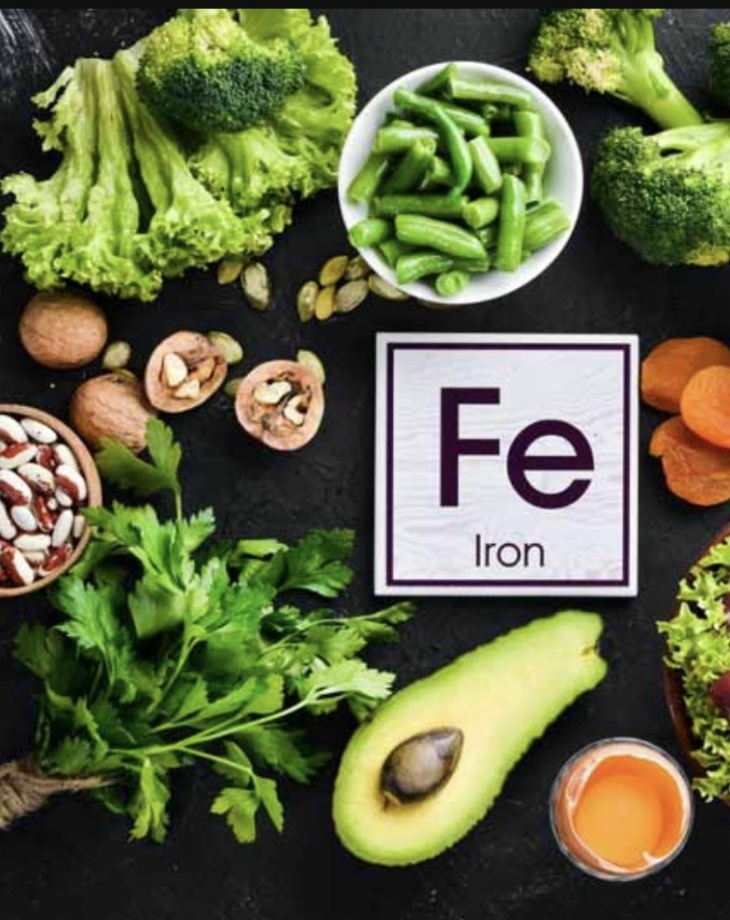January Blog Post: Feeling Tired and Flat? It Could Be Your Iron Talking
Hello, 2025! January’s here, and with it comes the “new year, new you” energy. But let’s be honest—if you’re feeling tired, foggy, or just a bit meh, all the goal-setting in the world won’t help. Before you start blaming the winter weather (or the leftovers from the festive cheese board), let’s talk about a sneaky little culprit: low stored iron.
Yes, I know iron might not sound very exciting, but trust me—it’s a big deal, especially during menopause. So, pop the kettle on, and let’s get into why your iron levels might be holding you back and how to fix it.
Why Iron Matters
Iron isn’t just about pumping up your blood with oxygen (although that’s important!). It plays a key role in energy production, brain function, and keeping your immune system in tip-top shape. If your iron is running low, you might feel:
- Exhausted no matter how much sleep you get
- Forgetful, foggy, or like words are playing hide-and-seek in your brain
- Breathless climbing the stairs
- Weaker than usual during workouts (or lugging shopping bags)
Sound familiar? You’re not alone. Low iron stores are really common during menopause due to hormonal shifts, changes in periods (hello, heavy bleeding) and reduced absorption as we age.
The Blood Test You Need
Here’s the thing: if you’ve ever had a basic iron test, it might not tell the full story. To really know what’s going on, you need to measure ferritin—this is the marker that shows how much iron is stored in your body’s “bank”.
Think of ferritin as your iron piggy bank: if your stores are low, your body struggles to draw on reserves when it needs them most. And guess what? You can have “normal” haemoglobin but still feel awful because your ferritin is tanking.
What’s a Healthy Ferritin Level?
For women, ferritin levels should ideally be between 70–100 ng/mL for optimal health and energy. Anything under 30? That’s a red flag of anaemia waving madly in your direction. Under 50 and I am I sitting up and taking note!
What to Do if Your Ferritin is Low
First, get tested. Ask your GP for a ferritin blood test (some will, some won't) or book a private one through me if you’re feeling proactive. Once you’ve got the results, here’s how to give your iron levels a helping hand:
-
Eat Iron-Rich Foods
- Red meat (think grass-fed beef or lamb)
- Poultry (chicken thighs, not just breast)
- Fish (sardines and salmon are great options)
- Plant-based sources like spinach, lentils, and pumpkin seeds (but pair them with vitamin C for better absorption—hello, lemon juice and bell peppers!).
-
Supplement If Needed
If your levels are very low, food alone might not cut it. An iron supplement can help, but choose wisely—look for gentle, absorbable forms like ferrous bisglycinate to avoid tummy troubles. Always consult a professional before starting supplements. You'll be surprised how rarely I recommend supplementation despite how often I see low iron - we work on diet first. -
Mind Your Tea and Coffee Habit
These beloved brews contain tannins, which can block iron absorption. Keep your tea and coffee breaks at least an hour away from meals if you’re trying to top up your iron stores. -
Optimise Gut Health
A healthy gut is essential for absorbing iron properly. If you’re dealing with bloating, indigestion or IBS, it’s worth investigating and addressing these issues too.
The Bottom Line
Low iron can creep up on you, especially during menopause, when so much is already shifting in your body. But the good news? Testing for ferritin is simple and with the right support you can get your levels back up—and feel like yourself again.
So, this January, why not add a ferritin check to your to-do list? It’s the kind of self-care that makes all the difference when you’re trying to feel energised, strong and ready to take on the year ahead.
Here’s to health, happiness, and the power of knowing your body inside and out.
Camilla x

